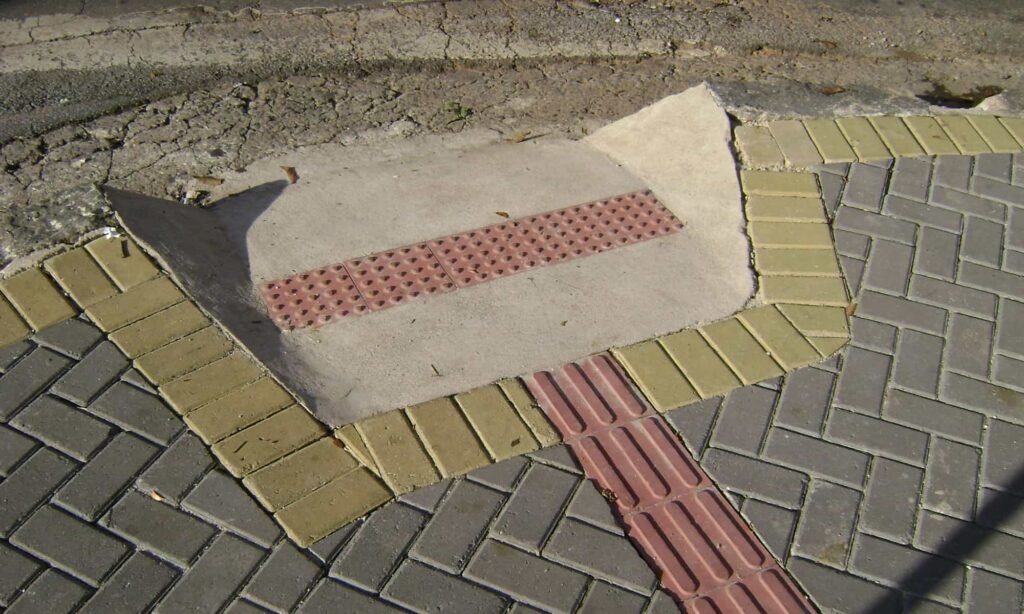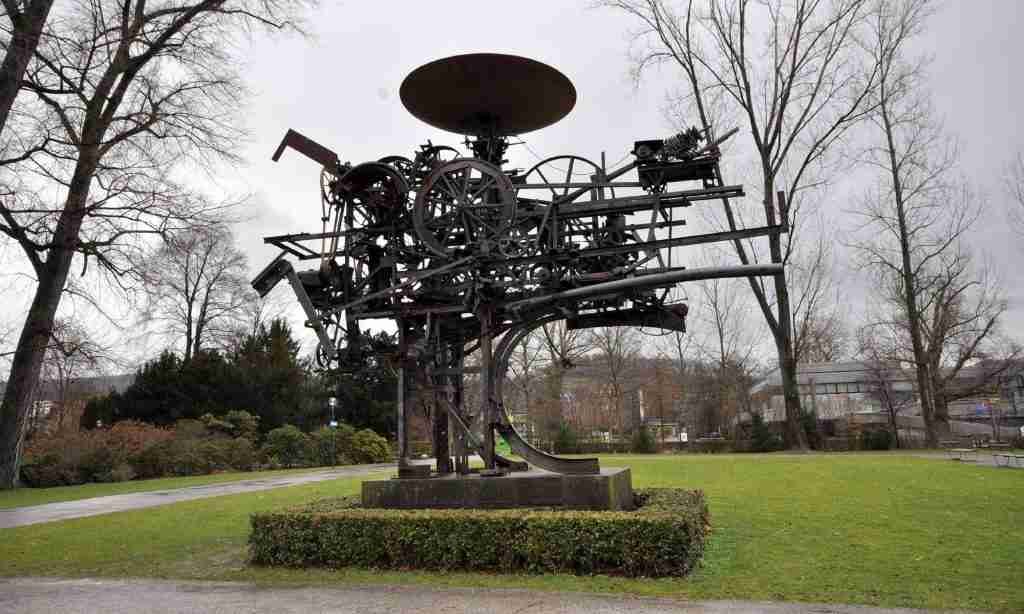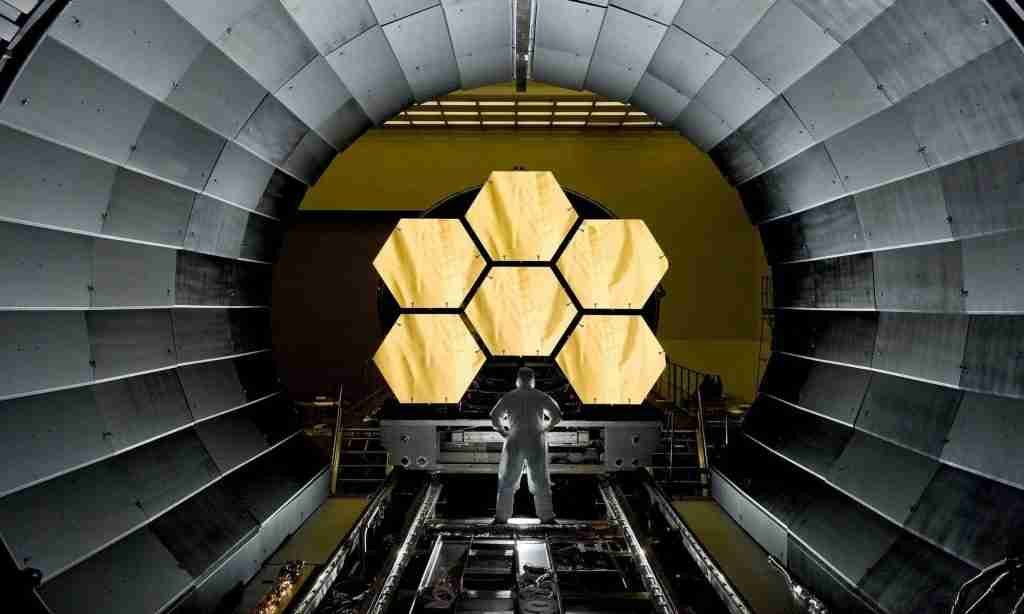
Air Taxi
The Future is Now: The Rise of Air Taxis
Imagine soaring above the cityscape, bypassing traffic jams, and reaching your destination in a fraction of the time it would take by road. This isn’t a scene from a sci-fi movie; it’s the promise of air taxis, a revolutionary mode of transportation that’s set to redefine urban mobility.
Air taxis are part of the Advanced Air Mobility (AAM) ecosystem, which encompasses a range of air transportation systems that leverage cutting-edge technologies like vertical takeoffs, autonomous capabilities, and fully-electric systems for short to mid-range flights. These aren’t just concepts; they’re becoming a reality. With the first electric vertical takeoff and landing (eVTOL) aircraft expected to fly commercial passengers as soon as 2025, we’re on the cusp of a new era in transportation.
The benefits of air taxis are manifold. They offer a faster, more efficient alternative to traditional road travel, especially in congested urban areas. Imagine hopping between city centers and major airports in minutes rather than hours. These zero-emission, piloted vehicles take off and land like helicopters but fly like airplanes, providing a quiet, eco-friendly travel option that could revolutionize the way we think about city commutes.
But it’s not just about speed and efficiency. The air taxi market represents a significant leap forward in terms of environmental consciousness. As fully-electric vehicles, they align with global efforts to reduce carbon emissions and combat climate change. This is a game-changer for the aviation industry, which has long been scrutinized for its environmental impact.
Of course, the path to widespread adoption of air taxis isn’t without its challenges. Infrastructure hurdles, such as the need for electrified landing zones equipped with expensive chargers, and airspace management to ensure safe operations, are among the issues that need to be addressed. Moreover, public acceptance will play a crucial role in the commercialization and expansion of eVTOLs.
Despite these challenges, the future looks bright. With over 10,000 eVTOLs on order worldwide and investments from major carriers like American Airlines, United Airlines, and Virgin Atlantic Airways, confidence in this futuristic mode of transport is high. Analysts from JPMorgan predict the urban air mobility market could be worth about $1 trillion by 2040.
As we look to the skies for the next step in urban transportation, it’s clear that air taxis are more than just a novel idea; they’re a viable solution to the growing demands of modern city living. With the promise of cleaner, quicker, and more efficient travel, air taxis are poised to take off, transforming our cities and our lives. The future is not just near; it’s here, and it’s taking to the skies. Fasten your seatbelts; the age of the air taxi is upon us.
Revolutionizing Public Transportation?
The concept of air taxis is no longer a figment of science fiction but a burgeoning reality that could redefine urban mobility. With the advent of electric vertical takeoff and landing (eVTOL) aircraft, the dream of zipping above traffic congestion and straight to your destination is closer than ever. But will this innovative mode of transportation truly revolutionize how we navigate our cities?
The Promise of Air Taxis
Air taxis offer a tantalizing glimpse into the future of transportation. They are designed to take off and land vertically, much like helicopters, but with the added benefits of being quieter, more energy-efficient, and potentially more affordable in the long run. Companies worldwide are pouring billions into developing these futuristic vehicles, with some models expected to take to the skies as commercial passenger services as early as 2025.
The potential advantages are clear: reduced travel times, less congestion on roads, and a significant decrease in urban pollution if they replace car trips. Imagine the convenience of hopping into an air taxi and flying from downtown to the airport in a fraction of the time it would take to drive. This could be a game-changer for business commuters, tourists, and anyone looking for a quick, efficient way to travel across the city.
Challenges Ahead
However, the road to integrating air taxis into our daily lives is not without its obstacles. Infrastructure is a major hurdle, with the need for new vertiports, charging stations, and air traffic management systems. Public acceptance is another factor; people will need to trust the safety and reliability of these new vehicles. Additionally, regulatory frameworks must be established to ensure the safe operation of air taxis alongside traditional aircraft and within urban environments.
The Socioeconomic Impact
The introduction of air taxis could have far-reaching implications beyond just transportation. There’s the potential for job creation in the manufacturing, operation, and maintenance of these vehicles. Real estate could see a shift as well, with properties near vertiports possibly increasing in value. Moreover, there’s the broader impact on society as a whole, with improved accessibility to different parts of the city and the opening up of new opportunities for businesses and services.
The Verdict
So, will air taxis revolutionize public transportation? The answer seems to lean towards a resounding yes. While there are certainly challenges to overcome, the benefits of air taxis could usher in a new era of urban mobility. They have the potential to complement existing public transport systems, reduce our carbon footprint, and provide a faster, more pleasant travel experience.
As we look to the skies for the next step in transportation evolution, it’s clear that air taxis hold a promise that is too compelling to ignore. The revolution might not happen overnight, but the wheels (or rather, rotors) are definitely in motion. The future of public transportation is looking up – literally.
What’s More

46)Dependence (4) Fiction (6) Karma (6) Landmarks (4) Paramount (3) Poignancy (5) Spectrum (5) Spotlight (3) Take Off (5) Unique (5)
Amazing Stuff (9) Beyond Known (8) Controversial (10) Digital World (9) Inequities (8) Innovative (8) Metaphysics (8) Our Society (9) Outer Space (9) Value Creation (8)

86)





















































































































































































